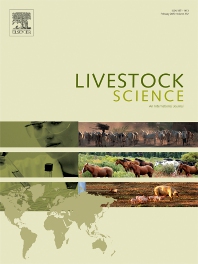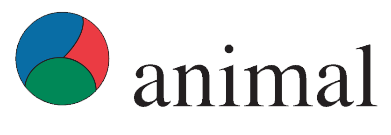Document type : scientific article published in Livestock Science
Authors: Somayeh Sharifi, Abbas Pakdel, Jamalaldin Jahanbakhsh, Yalda Aryan, Amirhossein Mahdavi, Esmaeil Ebrahimie
Preview: Identification of disease-causing genes that underlie complex traits, such as susceptibility to disease, is the primary goal of genetic and biomedical researches. Bovine mastitis is the most prevalent disease with substantial economic losses and animal welfare issues in dairy industry. Quantitative trait loci (QTLs) and single-nucleotide polymorphism or gene association data as biomarkers were used in the selection programs in this industry. In the current microarray-based study, the gene expression profiles of cows selected for high or low mastitis susceptibility affected by a specific QTL on Bos taurus autosome 18 (BTA18) with induced E. coli mastitis in acute phase (time point 24h) were used to perform functional genomics. The results of a functional enrichment analysis showed that the Q genotype (favorable allele) helps to correct suppression of the metabolic process during infection and help to moderate signaling pathways related to immune response and inflammation. The most important pathways suppressed by Q genotype are related to triggering the inflammatory and immune responses which cause moderate responses to infection. Furthermore, the pathways related to growth, cell proliferation and reproductive process enriched by down-regulated expressed genes. The results of network analysis showed that transcription factors TP53, SP1 ligands such as INS, IL1B, IFNG, TGFB1, EGF and protein kinase MAPK1 are the common regulatory factors in the constructed networks.
These findings regardless of revealing the new biological process of gene regulatory network analysis of differentially expressed genes (DE)s in bovine mastitis, could also introduce the important key regulatory elements in resistance to mastitis.




